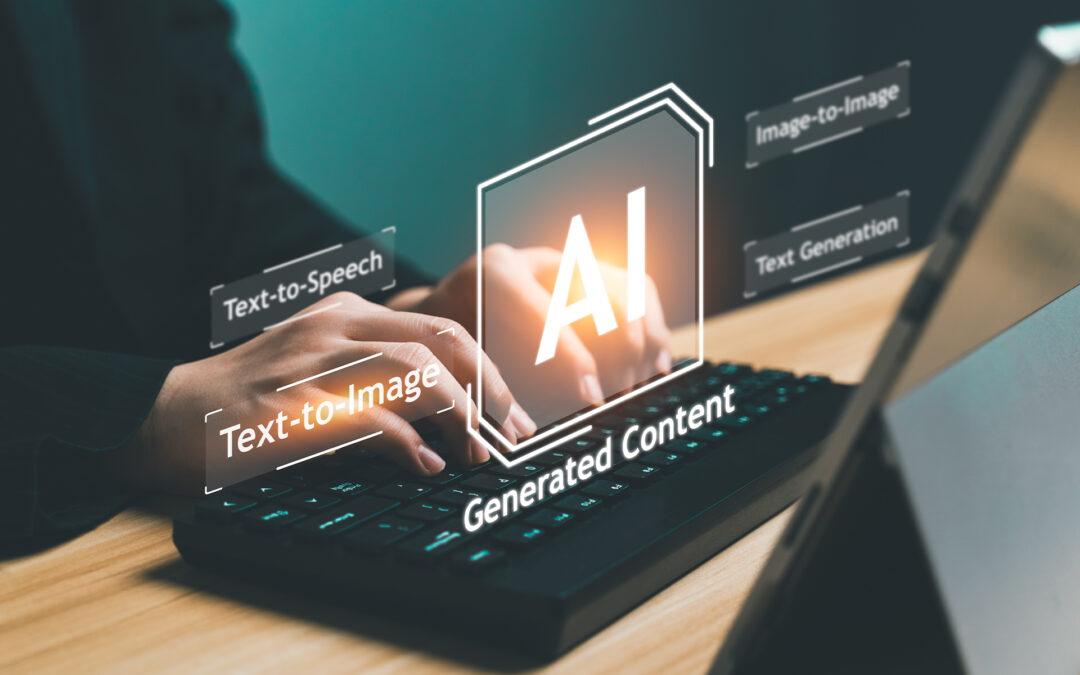Growth in United States Gross Domestic Product slowed but remained positive in the first quarter, as it and other economic indicators demonstrated the difficulty of bringing inflation under control, said National Retail Federation chief economist Jack Kleinhenz in the NRF’s Monthly Economic Review.
Kleinhenz maintained that the U.S. economy kept advancing in the first quarter even if GDP growth slowed to a modest 1.1% annual rate from the average of 3% in the previous two quarters. The number could have been more than two percentage points higher, but many businesses determined to eliminate overbuilt inventories rather than producing or buying more goods, he indicated. Still, consumer spending, which accounts for two-thirds of GDP, grew 6.5%, up from 0.1% in the previous quarter, as disposable personal income gained 8.4%.
The Employment Cost Index, which tracks growth in private manufacturing wages and salaries, dropped to 4.9% from 5.1% the quarter before but remained above the 3.5% rate needed to be consistent with the United States Federation Reserve’s 2% inflation target. As the economy heads into the second quarter, employment numbers came in better than expected despite high-interest rates, with a net jobs gain of 253,000, a year-over-year wage increase of 4.4% and the unemployment rate of 3.4% that tied January for the lowest in more than 50 years.
Inflation as tracked by the Personal Consumption Expenditures Price Index, the Fed’s preferred measure, was 4.9% year over year in the first quarter, down from 5.7% in the fourth quarter and well below the 6.4% seen a year earlier. The core PCE index, excluding volatile food and energy prices, was pegged at 4.7%.
The Fed just raised interest rates another quarter-point to an upper bound of 5.25%. Federal Reserve Chairman Jerome Powell said sentiment on the Fed’s Federal Open Market Committee favors a pause in interest rate hikes but the panel isn’t ready to commit to that yet. Kleinhenz said the key questions right now are how the Fed will make a determination about ceasing rate hikes and how soon after that it will start to lower them.
He stated, “The World Health Organization says the pandemic is over, and the U.S. government has ended its declaration of a public health emergency. But that doesn’t mean the economic challenges brought on by COVID-19 are over. For the past year, the Federal Reserve has been trying to bring rampant inflation under control by raising interest rates. The effort has yet to reach its goal, and results from the first quarter show taming inflation without tipping the nation into a recession remains a formidable challenge. A slowdown in GDP is normally seen as a negative, but in the current context is key to controlling inflation. Fortunately, the economic data is not consistent with a typical recession.”





